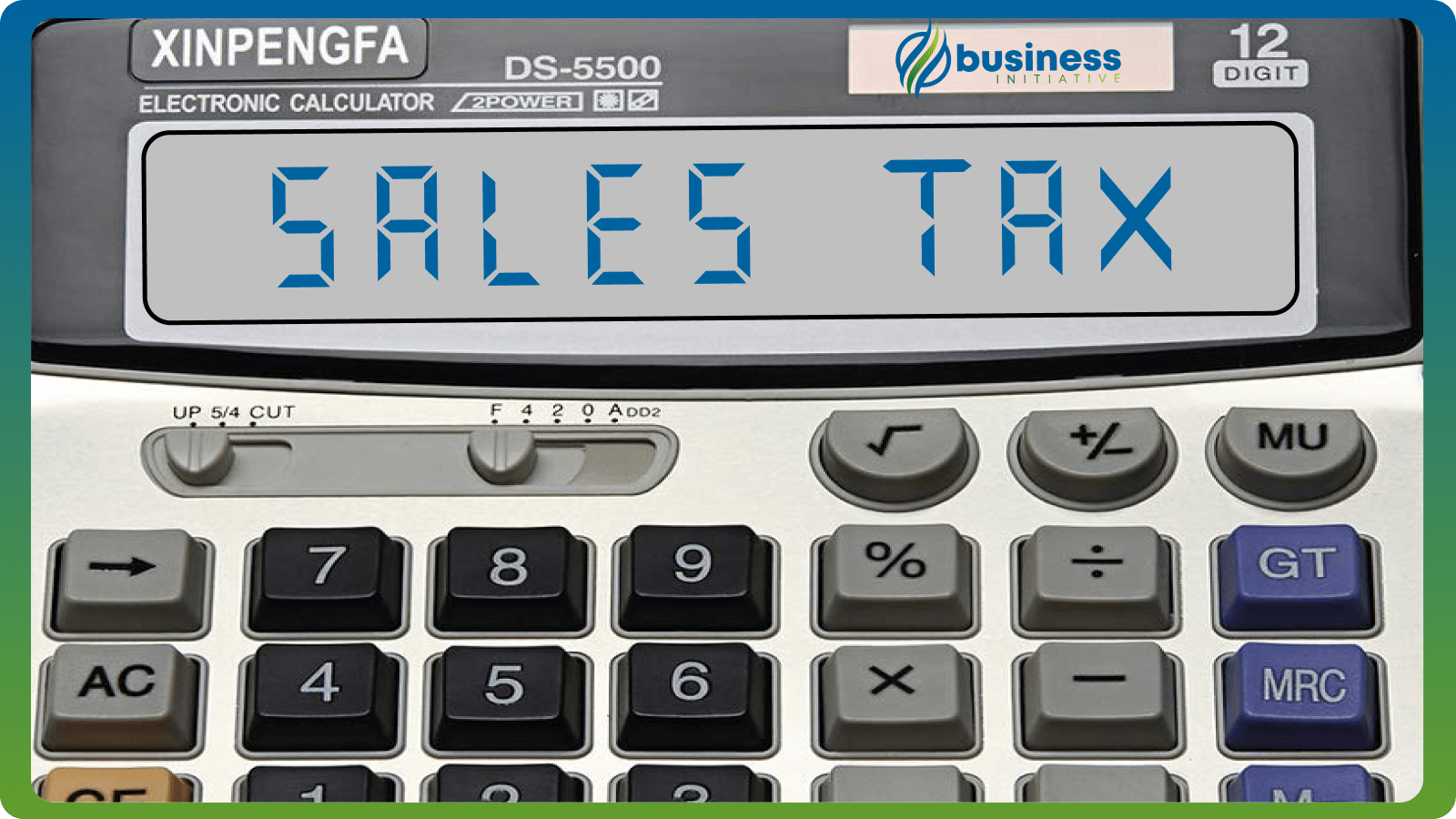 Table of Contents
Table of Contents
 Key Takeaways
Key Takeaways
- Track multi-region tax obligations
- Stay current with tax rate updates
- Monitor compliance requirements
- Generate detailed tax reports
- Plan for tax remittance
Quick Reference: Sales Tax Considerations
| Factor | Typical Range | Key Considerations |
|---|---|---|
| State Rates | 4-7% | Base + Local |
| Filing Frequency | Monthly/Quarterly | Revenue Based |
| Nexus Threshold | $100K-$500K | Sales Volume |
| Compliance | 95-100% | Accuracy + Timing |
Understanding Sales Tax
Sales tax compliance involves multiple factors:
- Tax Rates: State and local tax rates
- Filing Requirements: Deadlines and frequencies
- Nexus Rules: Economic and physical presence
- Exemptions: Product and customer-specific
How to Use the Calculator
Our calculator helps you manage tax obligations:
- Enter Sales Data:
- Revenue by state
- Product categories
- Customer types
- Review Tax Rates:
- State base rates
- Local surcharges
- Special district taxes
- Set Parameters:
- Filing frequency
- Exemption status
- Nexus thresholds
- Generate Reports: Get detailed tax liability analysis.
Sales Tax Calculator
Compliance Alerts
Understanding Your Results
The calculator provides comprehensive insights into tax obligations:
1. Tax Liability
- Total tax due
- State-by-state breakdown
- Local tax components
- Filing deadlines
2. Compliance Analysis
- Filing requirements
- Nexus thresholds
- Rate changes
- Due dates
3. Reporting Details
- Revenue distribution
- Tax rate variations
- Historical trends
- Compliance alerts
Tax Compliance Strategy
1. Record Keeping
- Sales documentation
- Tax rate tracking
- Filing history
- Exemption certificates
2. Filing Management
- Due date monitoring
- Rate updates
- Jurisdiction tracking
- Payment scheduling
3. Risk Mitigation
- Audit preparation
- Rate verification
- Compliance monitoring
- Documentation maintenance
Regional Guidelines
Different regions have varying requirements:
- High-Volume States
- Monthly filing required
- Detailed reporting
- Electronic submission
- Prepayment rules
- Mid-Volume States
- Quarterly filing options
- Simplified returns
- Combined reporting
- Extended deadlines
- Low-Volume States
- Annual filing allowed
- Basic reporting
- Paper filing options
- Flexible deadlines
Need help managing your sales tax compliance? Schedule a consultation with our expert team at Business Initiative. We provide comprehensive tax compliance guidance and support.
Stay informed about business strategies and tools by following us on X (Twitter) and signing up for The Initiative Newsletter.
FAQs - Frequently Asked Questions About Sales Tax

How do I determine my sales tax obligations in different states?
Sales tax obligations are determined by nexus (physical or economic presence) in each state.
Track sales volume, physical locations, and employee presence to identify where you need to collect and remit tax.
Learn More...
Key factors in determining tax obligations:
Economic Nexus:
- Sales volume thresholds
- Transaction counts
- Digital presence
- Marketplace sales
Physical Nexus:
- Office locations
- Employee presence
- Inventory storage
- Trade show participation
Common state requirements:
- Registration thresholds
- Filing frequencies
- Payment methods
- Documentation needs
Consider these additional factors:
- Product taxability
- Customer exemptions
- Local tax variations
- Industry-specific rules
What are the typical filing frequencies and deadlines?
Filing frequencies are typically monthly, quarterly, or annually, based on sales volume.
Deadlines vary by state but are often the 20th of the month following the tax period.
Learn More...
Common filing frequencies:
Monthly Filing:
- High-volume sellers
- New businesses
- Specific industries
- Large tax liabilities
Quarterly Filing:
- Medium-volume sellers
- Seasonal businesses
- Moderate tax amounts
- Established businesses
Annual Filing:
- Low-volume sellers
- Occasional sales
- Small tax amounts
- Simplified reporting
Deadline considerations:
- Prepayment requirements
- Holiday adjustments
- Electronic filing rules
- Payment methods
How do I handle local tax rates and special districts?
Track local tax rates and special district surcharges for each jurisdiction where you have nexus.
Use automated tools to stay current with rate changes and boundary updates.
Learn More...
Local tax considerations:
Rate Components:
- City taxes
- County surcharges
- District fees
- Special assessments
Jurisdiction Rules:
- Origin vs. destination
- Shipping taxability
- Combined rates
- Tax caps
Common challenges:
- Boundary determinations
- Rate changes
- Multiple jurisdictions
- Override rules
Best practices:
- Regular rate verification
- Address validation
- Documentation retention
- System updates
What records do I need to maintain for sales tax compliance?
Keep detailed records of all sales transactions, tax collected, and exemption certificates.
Maintain documentation for at least the state-required retention period (typically 3-7 years).
Learn More...
Essential records include:
Transaction Data:
- Sales receipts
- Invoice details
- Tax collected
- Payment records
Compliance Documents:
- Tax returns
- Filing confirmations
- Payment proofs
- Correspondence
Supporting documentation:
- Exemption certificates
- Resale certificates
- Business licenses
- Registration forms
System requirements:
- Secure storage
- Easy retrieval
- Audit trails
- Backup systems
How do I handle tax exempt sales and certificates?
Collect and validate exemption certificates before making tax exempt sales.
Maintain current certificates and verify them periodically for compliance.
Learn More...
Exemption management process:
Certificate Collection:
- Valid forms
- Complete information
- Signature verification
- Expiration dates
Documentation Requirements:
- Digital storage
- Renewal tracking
- Audit preparation
- Certificate matching
Common exemption types:
- Resale certificates
- Manufacturing exemptions
- Nonprofit status
- Government entities
Best practices:
- Regular validation
- System integration
- Staff training
- Audit procedures


